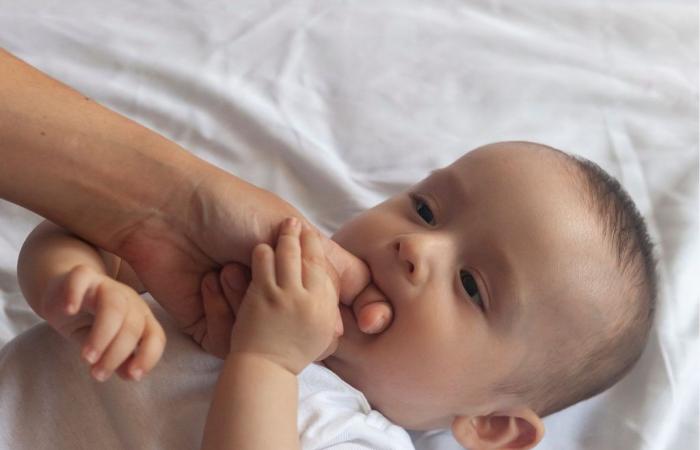How many times have we heard that vaccinating our children is an act of common sense?
The Lorenzin Law requires ten mandatory vaccines during childhood and adolescence, arguing that they are essential to protect against disease and contagion. This alarmist communication campaign has ended up fueling a false belief and instilling a strong sense of guilt in parents. Vaccination, especially for whooping cough, is perceived as a moral obligation, rather than an informed choice.
Twelve-year-old Andrea Vincenzi died on February 22 due to whooping cough, despite being vaccinated and even having received the booster dose. This tragic event highlights how the obligation to vaccinate the entire pediatric population lacks scientific basis.
Pertussis, despite high vaccination coverage, is still very widespread, since it can manifest itself with mild symptoms in people of all ages. From an analysis of the ECDC bulletin of 8 May 2024 on the increase in cases of whooping cough, what has been clear for some time is clear: those exposed to the risk of a serious course of the disease are newborns under six months, often infected by the family unit. The risk in other population groups is considered moderate, as discussed in a previous article of ours.
This situation requires urgent reflection on poor vaccine efficacy, rapid decline in immunity and the emergence of resistant variants. If the current vaccine it does not guarantee herd immunitywhy do we continue to promote it as the ultimate cure?
The two key issues concern newborns and pregnant women. A vaccine that does not guarantee herd immunity, as demonstrated by the periodic resurgence of the disease, and which therefore does not prevent the transmission of the virus, exposes newborns and infants to a higher risk of infection. This is because the dominant opinion that the vaccine is the panacea for all ills, in many cases, convinces vaccinated people that they do not represent any danger, inducing less prudent behavior.
Environmental precautions should be the first protection strategy, followed by more effective and safe vaccines. The current ones mitigate the symptoms, but do not prevent the transmission of the virus, effectively creating the paradox mentioned above: vaccinated people, in the absence of obvious symptoms, could unknowingly transmit the bacterium to newborns. (HERE for more information)
Parents must instead be aware of the fact that newborns are mainly infected by family members. Pertussis is transmitted through saliva, sneezing and coughing, and through contact with contaminated objects. Therefore, limiting the newborn’s contact with people who have respiratory symptoms, even mild ones, is crucial. It is also crucial to protect the newborn from sources of infection through appropriate hygiene measures and isolation from public places in suspected cases.
The medical community must continue to seek effective and safe solutions, while parents must be informed and vigilant, actively collaborating in the protection of their children.
Promoting the idea that current vaccines can guarantee collective protection and that strategies such as “Cocooning” are effective is not only misleading, but potentially dangerous. This paradox risks making people fall into false security, underestimating the real risks.
Even for pregnant women the picture is not reassuring. The vaccination strategy between the 16th and 36th week, recommended by WHO, is controversial, since there is still no definitive evidence of its effectiveness in reducing the incidence of whooping cough and its complications (we talked about it HERE).
We still do not have sufficient clinical studies to support universal vaccination policies during pregnancy, yet we continue to impose this practice without a solid scientific basis.. It is fair to ask: Are we putting pregnant women and newborns at risk without sufficient evidence of the effectiveness of this strategy? The concern, then, is not just theoretical. There is evidence linking vaccination during pregnancy to an increased risk of chorioamnionitis and postpartum hemorrhage. Furthermore, the biological plausibility that vaccination may adversely affect fetal development, especially in the first trimester, cannot be ignored.
The currently available studies, conducted in the USA and England, present a problem of selection bias. This means that the results may not accurately reflect reality for all women. Mothers who choose to get vaccinated tend to have different socioeconomic characteristics than those who do not. For example, they may have a higher level of education, live in healthier environments and have access to better health resources. These factors influence their lifestyle and risk exposure. It is essential that public health policies are based on studies that represent all segments of the population and, therefore, reality as a whole.
Pertussis remains a complex challenge, but it is clear that protecting newborns and pregnant women must be a priority. This requires critical reflection and the adoption of policies based on sound scientific evidence. Otherwise, we will continue to put at risk those we should protect most.





